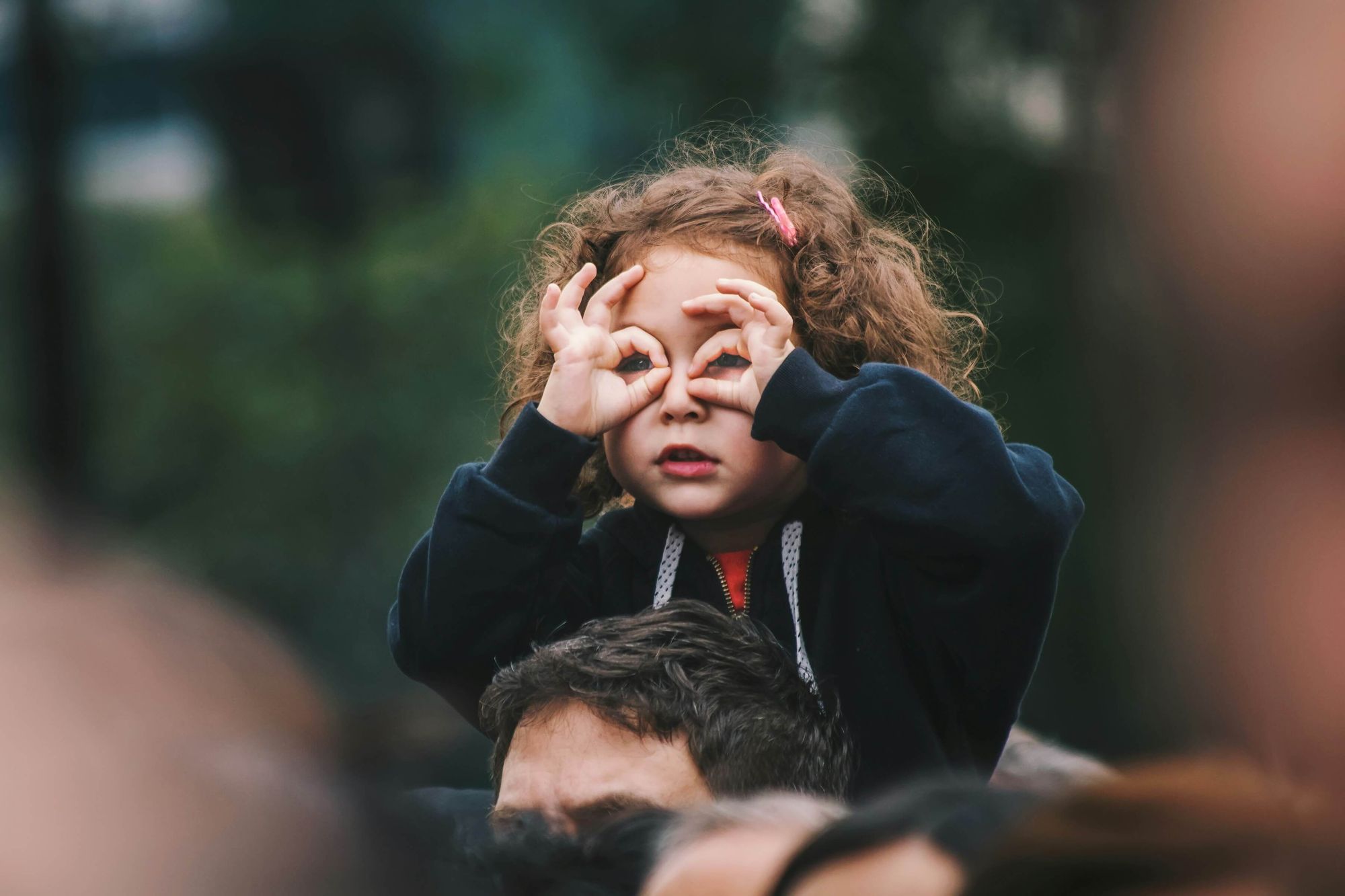Designing Cartoon Avatars for Children: Encouraging Creativity, Confidence, and Joy

Cartoon avatars offer children a powerful canvas to express themselves freely in a world increasingly shaped by digital interactions. These playful visual representations ignite joy, imagination, and personal storytelling.
Whether it's crafting a whimsical fantasy hero or a futuristic explorer, every avatar is a reflection of a child's inner world—vivid, unique, and beautiful.

Why Creativity Matters in Childhood Development
Creativity is not just a pastime—it's a foundational pillar of childhood growth. Engaging in imaginative design improves cognitive flexibility, emotional intelligence, and problem-solving skills.
When children create cartoon avatars, they actively explore identity, experiment with possibilities, and build confidence. They begin to tell their stories through colors, expressions, and styles.

How Digital Tools Can Spark Imagination Safely
Children thrive in environments where they feel safe to explore. Tools like ImageToCartoon provide a platform, offering creative freedom without compromising child safety.
With intuitive interfaces and strong privacy standards, kids can freely generate characters without facing exposure to online risks.

What Are Cartoon Avatars and Why Do Kids Love Them?
Cartoon avatars are stylized representations of people, often exaggerated to highlight fun traits like big eyes, colorful hair, or heroic outfits. Children are naturally drawn to these avatars because they break the reality mould.
They can be anything—a knight, a starship captain, or a mystical fox in a cartoon world. This playful deviation from the real world gives children a sense of agency over how they are seen and how they see themselves.

Psychological Benefits of Expressing Identity Through Avatars
Creating an avatar allows children to visualize their identity, project their feelings, and experiment safely with their self-concept. Psychologists highlight avatar creation as a form of projective play—a healthy way to externalize internal emotions. For children with anxiety or self-esteem issues, designing a bold or magical avatar becomes a therapeutic act of empowerment.

From Doodles to Digital: The Evolution of Character Creation
What once began with crayon sketches on paper has transformed into dynamic digital creation. Today's children have access to advanced avatar generators that mimic the personalization of hand-drawn characters—but faster, cleaner, and with more stylistic range.
From anime to cyberpunk, this evolution ensures that even the most abstract idea can become a visual masterpiece.

Step-by-Step Guide: Creating a Cartoon Avatar with ImageToCartoon
- Choose a Style Feature: Go to the Imagtocartoon homepage and let your child pick from imaginative categories like Anime, Ghibli, or Cyberpunk to match their mood or fantasy.
- Upload a Portrait Image: A clear-face photo works best. No artistic skill is required—just a selfie or simple portrait. Go to the page and click "Add Photo" or click the link icon to paste the link to the image in the cloud drive here.
- Click "Generate Tag": Click the green "Generate Tag" icon in the upper right corner of the text box below "Positive Prompts," and the text box will be filled automatically. This automatically generates a creative prompt based on the uploaded image and selected style.
- Adjust "Creative Strength" and "Control Strength": Let your child choose how closely they want the avatar to resemble the original image. Lower control = more fantasy!
- Generate, Save, and Edit: In seconds, a fully rendered avatar is ready to download or share. Click the download icon to save the image to your local device. To edit the image, click the pencil icon to crop, rotate, add filters, or add text. Once finished, click "Done" in the upper right corner to save your edits.

Style Features That Make Avatar Design Fun
| Style Feature | Description |
|---|---|
| Anime Art Generator | Energetic, expressive, and perfect for vibrant personalities. |
| Cartoonizer | Playful yet grounded; a timeless cartoon style with modern polish. |
| Ghibli Generator | Dreamy, detailed, and full of charm—ideal for soft, magical characters. |
| Big Eye Generator | Emphasizes emotion with large, expressive eyes—great for storytelling. |
| Cyberpunk Generator | Neon-lit, high-tech aesthetics for bold adventurers. |
| Concept Art Generator | Open-ended and surreal; encourages unlimited creativity. |
| Fantasy Anime Generator | Armor, wings, dragons—perfect for mythological imaginations. |
| Flat Illustrator Generator | Clean, colorful, and perfect for younger kids or educational settings. |
| Modern Retro Generator | A blend of nostalgia and innovation; retro styles meet today’s edge. |
| Realistic Illustration Generator | High-detail rendering with an artistic, lifelike touch. |
| Retro Anime Generator | Captures the charm of 90s anime with modern clarity. |

Why Avatar Design Builds Confidence and Self-Expression
Designing an avatar is not just an artistic endeavor—it's a mirror into the soul. Children who engage in avatar creation often develop a stronger sense of self. Choosing hairstyles, outfits, and expressions allows them to say, "This is me, or this is who I want to be." The positive reinforcement of seeing a self-designed character builds pride and emotional resilience.

Letting Children Tell Their Own Story Through Digital Art
Every child has a story. Through avatar creation, children learn to craft visual narratives, expressing feelings, aspirations, and adventures without needing to speak a word.
This is especially helpful for introverted children or those with communication challenges. Their avatar becomes a storyteller, helping others understand their world.

How to Guide Without Controlling: A Parent's Role
Support matters more than instruction. Parents can guide children by:
- Ask open-ended questions like "What do you want your character to feel like?"
- Encouraging exploration of different styles.
- Celebrating effort, not just results. Avoid dictating choices. The more agency a child feels, the more powerful the creative experience becomes.

Fostering Group Fun: Friends, Siblings, and Classrooms
Avatar creation doesn't have to be a solo journey. Friends can compare designs, siblings can co-create fantasy worlds, and teachers can use avatar projects to encourage teamwork. This creates opportunities for bonding, learning, and collaborative creativity.

Privacy First: Keeping Kids' Creations Secure
ImageToCartoon values digital safety.
- It doesn’t require accounts or email input.
- Do not store images without permission.
- Provides download-only sharing for offline usage. This ensures children's faces and creative output stay private.
Turning Passive Use Into Creative Play
Unlike endless scrolling, avatar creation engages both left and right brain activity. Kids learn to make decisions, analyze visual elements, and refine artistic judgment—all while having fun. This transforms screen time into a developmentally valuable experience.
Everyday Uses for Cartoon Avatars
Profile Pictures That Empower Children Online
Kids feel ownership when their avatar is used on family apps, school platforms, or learning environments. It's a gentle introduction to digital identity, done with safety and creativity in mind.

Printables and Personalized Gifts
Avatars can be printed on:
- Birthday cards
- Stickers
- T-shirts
- Calendars.
This adds a tangible layer to the digital experience, turning art into treasured keepsakes.

Learning Tools in Education
Teachers can use avatars for:
- Character studies in language arts
- Creative writing prompts
- Group storytelling exercises
- Identity-building lessons in SEL (Social Emotional Learning)
Summary
Cartoon avatars give children a voice, a face, and a canvas for joy. Tools like ImageToCartoon nurture this creativity safely, efficiently, and with endless stylistic choices. Through imaginative play, children aren't just making avatars—they're building confidence, telling stories, and learning to see beauty in their uniqueness.
FAQs
- Is the ImageToCartoon tool safe for children to use? Yes. It prioritizes privacy, does not require accounts, and ensures image safety.
- Do I need artistic skills to help my child create an avatar? No. The tool automates most of the process with an intuitive interface.
- What kind of image should be uploaded for best results? A clear portrait with a neutral background works best.
- Can avatars be downloaded and printed? Absolutely. They can be saved as high-resolution images for personal use.
- Can kids use the tool without making an account? Yes. No registration or login is required.
- What makes each cartoon style different from the others? Each style offers a unique artistic tone—from whimsical to futuristic—that matches a wide range of personalities and imaginations.
